Introduction to the Flavor characteristics of San Pedro Manor in Tolima, Colombia
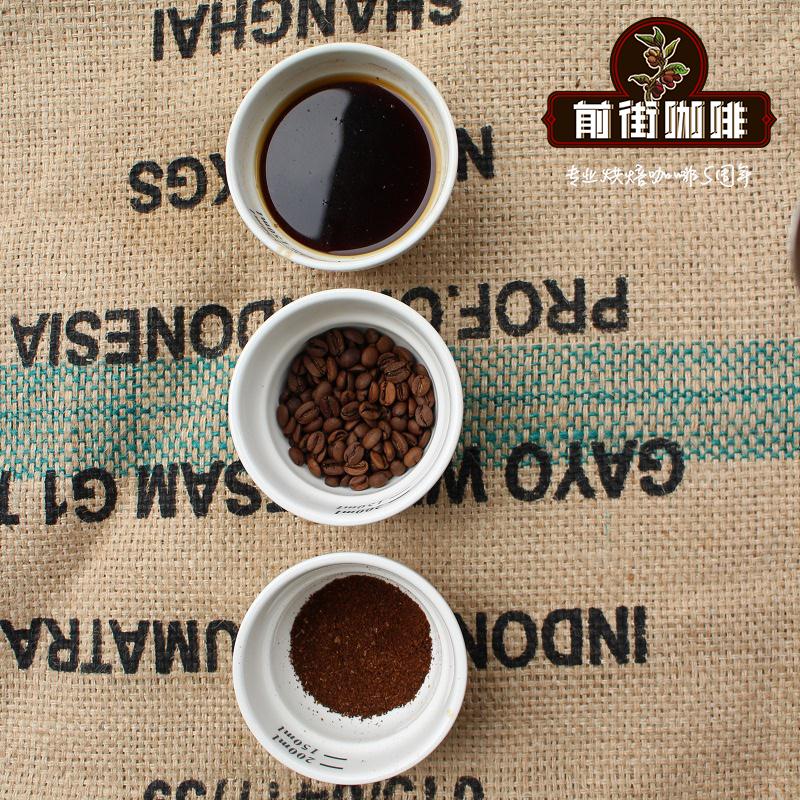
Do you want to say more about Colombian coffee? there are enough honors and popularity. Talking too much is a cult of Colombian coffee, isn't it? Yes, Qianjie is the same. It is not only a big growing country in Arabica, but also the third largest coffee producer in the world. Coffee can be used not only for the production of individual coffee, but also for the blending of fine coffee as Italian use, and the flavor is more balanced and nutty.
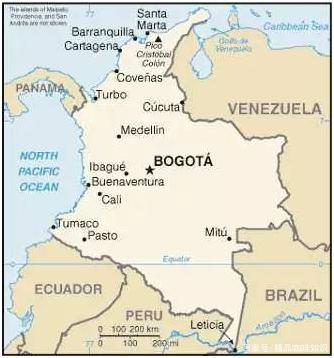
| 01 | production area description |
Colombia is the world's third largest exporter of coffee, mainly producing Arabica coffee and the largest exporter of Arabica beans. Colombia is rich in products, especially coffee, flowers, gold and emeralds are known as the "four treasures".
Colombia is located in the northwest of the South American continent, bordering Central America and Panama. From the aerial view, it looks like it has been scratched by a cat on the west side, leaving three vertical paw marks from north to south. The country's famous producing areas are scattered in the Andes with fertile volcanic soil.
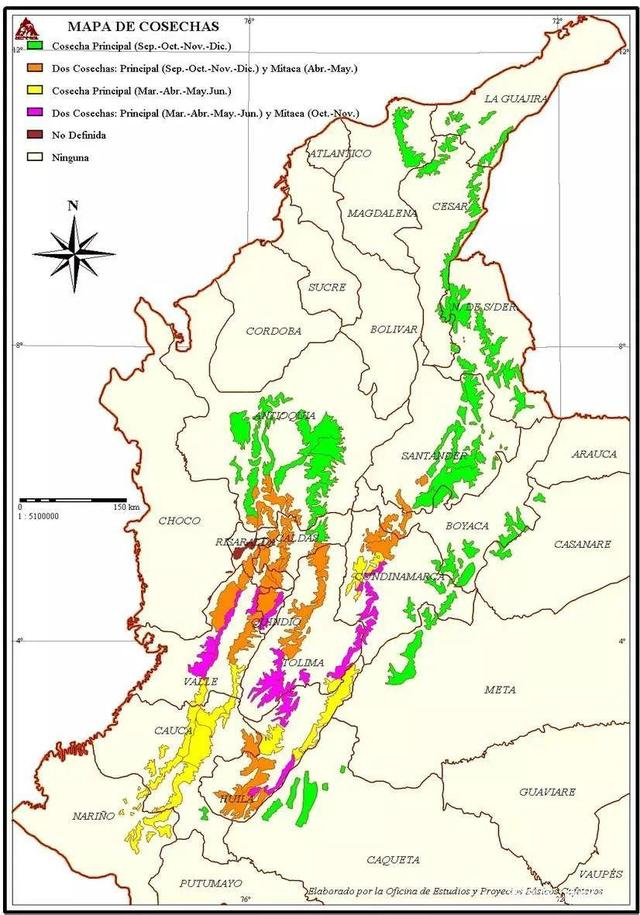
| | Tolima Tolima |
Tolima is adjacent to huila and cauca, which runs through the north-south Andes (M. Andes) and the Cordillera Mountains (M. Cordillera), and between the two famous mountain systems is the Magdalena River (R. Magdalena) running from south to north.
The name Tolima comes from the earliest people who lived here, "Pijaopeople". In the language of this ancient people (Pijao word), tolima means "snow cover" and "snowed".
The farms in Tolima are generally slightly larger than those in other southern Colombian producing areas, ranging from 10 to 15 hectares. The cooperative approach is also popular here, where farmers send their small batches of fresh coffee and fruit to the cooperative's processing plant. Some farmers will also choose to deal with it on their own, making use of their own small-scale treatment facilities that can handle the harvest of the day.
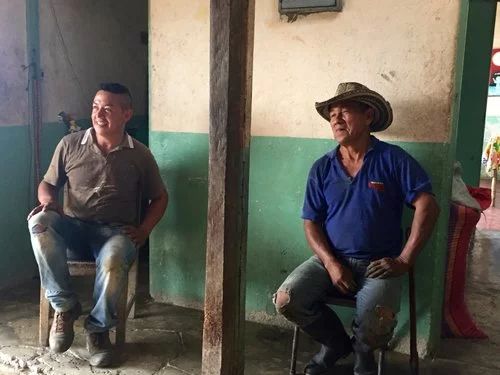
| | San Pedro Manor Finca San Pedro |
Finca San Pedro is located in the village of veredaLa Marimba, the village where most of the top coffee is grown in the area. His son Alberto is the community leader, working with many of the family's neighbors to improve the quality of coffee throughout the region.
Finca San Pedro's processing method is exemplary, with one shallow slot for removing immature cherries and another for the fermentation of coffee cherries. Coffee cherries are fermented for 20-24 hours, washed for 5-7 rounds after fermentation, and dried on a brand new parabolic drying bed.
For them, the new drying bed is a big improvement-their original drying bed is only 12 square meters, which means there is not enough space to dry all the coffee evenly at the peak of the harvest season. Now, with a new bed of 47 square meters, all the coffee beans can be dried slowly and thoroughly.
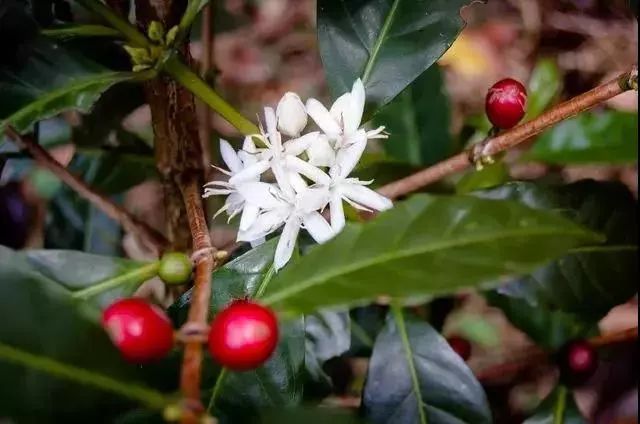
02 | Coffee type
Rose summer
The pronunciation of Geisha is the same as Japanese geisha, so it is also called geisha coffee. Because the tree species are taller than ordinary coffee trees, they are originally planted in a small area of the manor and are used as windbreaks.
The species of Geisha was discovered in the rose forests of Ethiopia in 1931 and was later sent to the Coffee Institute in Kenya. Introduced to Uganda and Tanzania in 1936 and introduced to Costa Rica in 1953.
Rosa coffee is particularly picky about the growing environment, requiring high altitude, cloud shade, fertile soil and enough accumulated temperature. The average altitude is 1625 meters, the average annual temperature is 16 ℃ to 25 ℃, and the average rainfall is about 3500 mm. The plantation belongs to semi-shade planting, and the tree species are all from local endemic species.
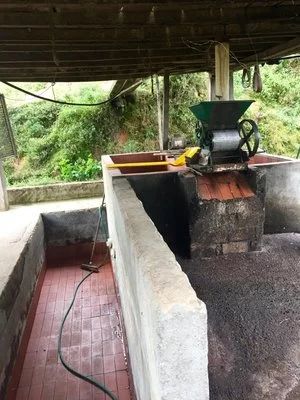
03 | handling method
This rose summer coffee from Colombia uses water washing treatment.
Screening coffee cherries-removing pulp-fermentation-washing-drying-shelling
Put the selected coffee cherry into the peeling machine and initially remove its skin and pulp; put the coffee beans with residual pectin into water and let them ferment for about 24 hours; after fermentation, wash the coffee beans with parchment in a flow tank to remove their pulp and pectin; dry the coffee beans after cleaning or dry them with the help of a dryer to reduce the moisture content to about 12%. Finally, remove the parchment of raw coffee beans.
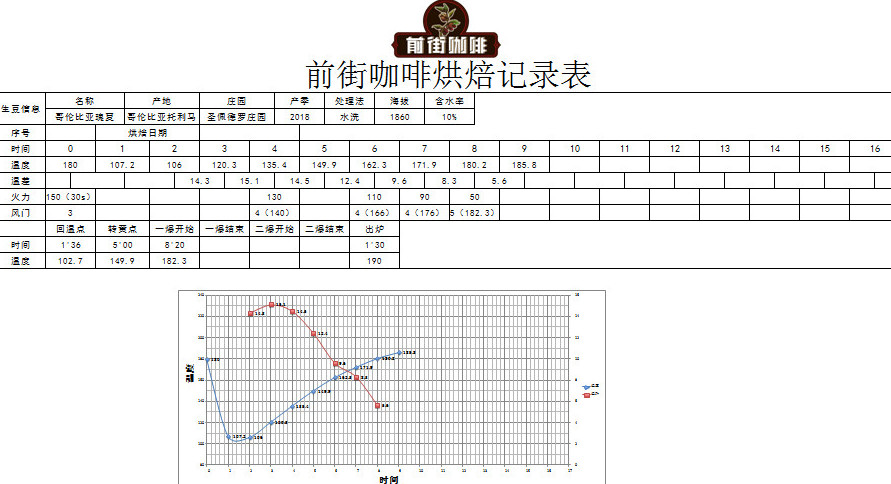
04 | Baking analysis
This bean is relatively high above sea level and hard. In order to highlight the characteristics and aroma of this bean, we choose shallow baking so that the baking degree can give play to the characteristics of the bean itself and dehydrate with medium firepower.
Roaster Yangjia 800N (baking capacity 300g)
Enter the pot when the furnace temperature is 180 degrees Celsius, adjust the firepower to 150 after opening the throttle for 30 seconds, the throttle remains unchanged, adjust the firepower to 130 at 140℃, open the throttle to 4; at this time, the bean watch turns yellow, the smell of grass disappears completely, enter the dehydration stage, when the furnace temperature reaches 166℃, adjust the firepower to 110C, the throttle remains the same.
The smell of toasted bread has obviously changed to the smell of coffee, which can be defined as a prelude to an explosion. At this time, it is necessary to listen clearly to the sound of the explosion point, adjust the firepower to 50 degrees Celsius, adjust the throttle to 5 (the firepower should be very careful, and not be so small as to be free of bursting sound), and after the explosion, the development of one cup of bread 39th 30 ", 190 degrees into the pot.
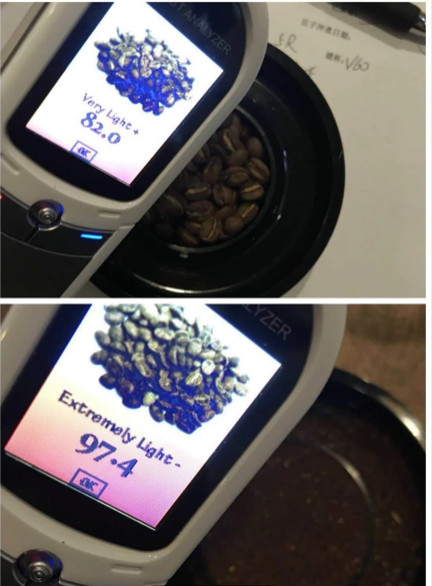
Agtron bean color value is 82 (above), Agtron pink value is 97.4 (bottom image), Roast Delta value is 15.4.
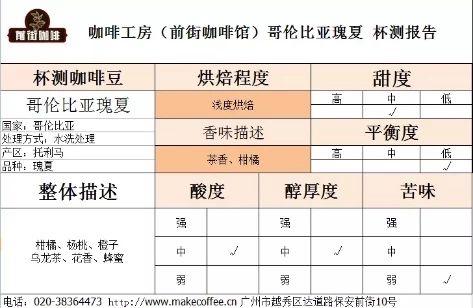
Cup test: citrus, carambola, orange, oolong tea, flower fragrance, honey
Chateau San Pedro, Tolima, Colombia
Country: Colombia
Producing area: Tolima
Altitude: 1860m
Treatment: washing treatment
Grade: SUPREMO
Variety: Rose summer
Colombia is the world's third largest exporter of coffee, mainly producing Arabica coffee and the largest exporter of Arabica beans. Colombia is rich in products, especially coffee, flowers, gold and emeralds are known as the "four treasures".
San Pedro Manor Finca San Pedro
Finca San Pedro's processing method is exemplary, with one shallow slot for removing immature cherries and another for the fermentation of coffee cherries. Coffee cherries are fermented for 20-24 hours, washed for 5-7 rounds after fermentation, and dried on a brand new parabolic drying bed.
The species of Geisha was discovered in the rose forests of Ethiopia in 1931 and was later sent to the Coffee Institute in Kenya. Introduced to Uganda and Tanzania in 1936 and introduced to Costa Rica in 1953. Rosa coffee is particularly picky about the growing environment, requiring high altitude, cloud shade, fertile soil and enough accumulated temperature. The average altitude is 1625 meters, the average annual temperature is 16 ℃ to 25 ℃, and the average rainfall is about 3500 mm. The plantation belongs to semi-shade planting, and the tree species are all from local endemic species.

05 | Cooking suggestion
Recommended cooking method: hand flushing
Filter cup: Hario V60 or cake filter cup
Water temperature: 90-92 ℃
Powder / water ratio: 1:15-1:16
Degree of grinding: BG 6L (pass rate of Chinese standard No. 20 screen is 80%)
Cooking method: steaming 30 grams of water for 30 seconds, injecting water to 130 grams in sections, continue to inject water to 230 grams when the water level is about to expose the powder bed, remove the filter cup when the water level is about to expose the powder bed, and the extraction time is two minutes.
When brewing, you can smell the sour aroma of citrus and the fragrance of green tea. when it is hot, the sugar and licorice feel sweet, with a little sour tone of lemon and the aftertaste of oolong tea, which is a bit like a cup of lemon tea. when the temperature comes down, the flavor of citrus is obvious, honey and sucrose are sweet for a long time, but there is a feeling of honey green tea when the temperature comes down.
Important Notice :
前街咖啡 FrontStreet Coffee has moved to new addredd:
FrontStreet Coffee Address: 315,Donghua East Road,GuangZhou
Tel:020 38364473
- Prev

Introduction to the Flavor characteristics of Colombian Coca
Cauca province is a certified coffee producing area in Colombia, with an average elevation of 1758m and a maximum elevation of 2100m. The topography, precipitation, temperature and volcanic soil of the area prepare suitable conditions for the growth of coffee. Cauca is 80% mountainous, with parallel mountain systems in the east and middle, part of the Andes, and the central mountain system includes two major volcanoes, Sotar.
- Next
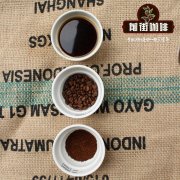
Introduction to coffee flavor of Colombian Hope Manor
Colombian coffee is a representative and excellent variety of Arabica coffee, and it is also a traditional deep-roasted coffee with a strong and memorable taste. Its aroma is rich and thick, with clear high-quality acidity, high balance, sometimes nutty, lingering aftertaste, both in terms of appearance and quality, Colombian coffee is the best. As charming and
Related
- Detailed explanation of Jadeite planting Land in Panamanian Jadeite Manor introduction to the grading system of Jadeite competitive bidding, Red bid, Green bid and Rose Summer
- Story of Coffee planting in Brenka region of Costa Rica Stonehenge Manor anaerobic heavy honey treatment of flavor mouth
- What's on the barrel of Blue Mountain Coffee beans?
- Can American coffee also pull flowers? How to use hot American style to pull out a good-looking pattern?
- Can you make a cold extract with coffee beans? What is the right proportion for cold-extracted coffee formula?
- Indonesian PWN Gold Mandrine Coffee Origin Features Flavor How to Chong? Mandolin coffee is American.
- A brief introduction to the flavor characteristics of Brazilian yellow bourbon coffee beans
- What is the effect of different water quality on the flavor of cold-extracted coffee? What kind of water is best for brewing coffee?
- Why do you think of Rose Summer whenever you mention Panamanian coffee?
- Introduction to the characteristics of authentic blue mountain coffee bean producing areas? What is the CIB Coffee Authority in Jamaica?

